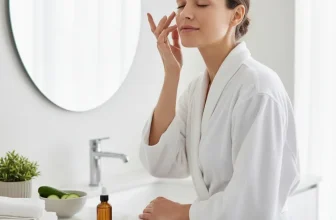Ordinary Eye Serum Guide: Does It Actually Work?
If you’ve been hunting for an affordable yet effective eye treatment, chances are The Ordinary’s formula has already shown up during your research. It kept appearing in conversations I’d see online — especially in guides like this one focused on hydration and other recommendations that help with dark shadow concerns, such as this breakdown for stubborn puffiness. Known for their no-frills, science-backed approach, The Ordinary has built a loyal fanbase by delivering results without unnecessary marketing fluff.
I’ve tried countless eye products over the years, but few have been as talked about as Ordinary Eye Serum. With all the buzz around it, I couldn’t help but wonder — does it really live up to the hype? The Ordinary is known for simple, ingredient-focused formulas that promise results without fancy packaging or inflated prices. So when I added Ordinary Eye Serum to my routine, I was curious to see if something so affordable could actually make a visible difference.
And if you’re exploring stronger, research-backed options, the formula I tried from Dr Dennis Gross also falls into that category.
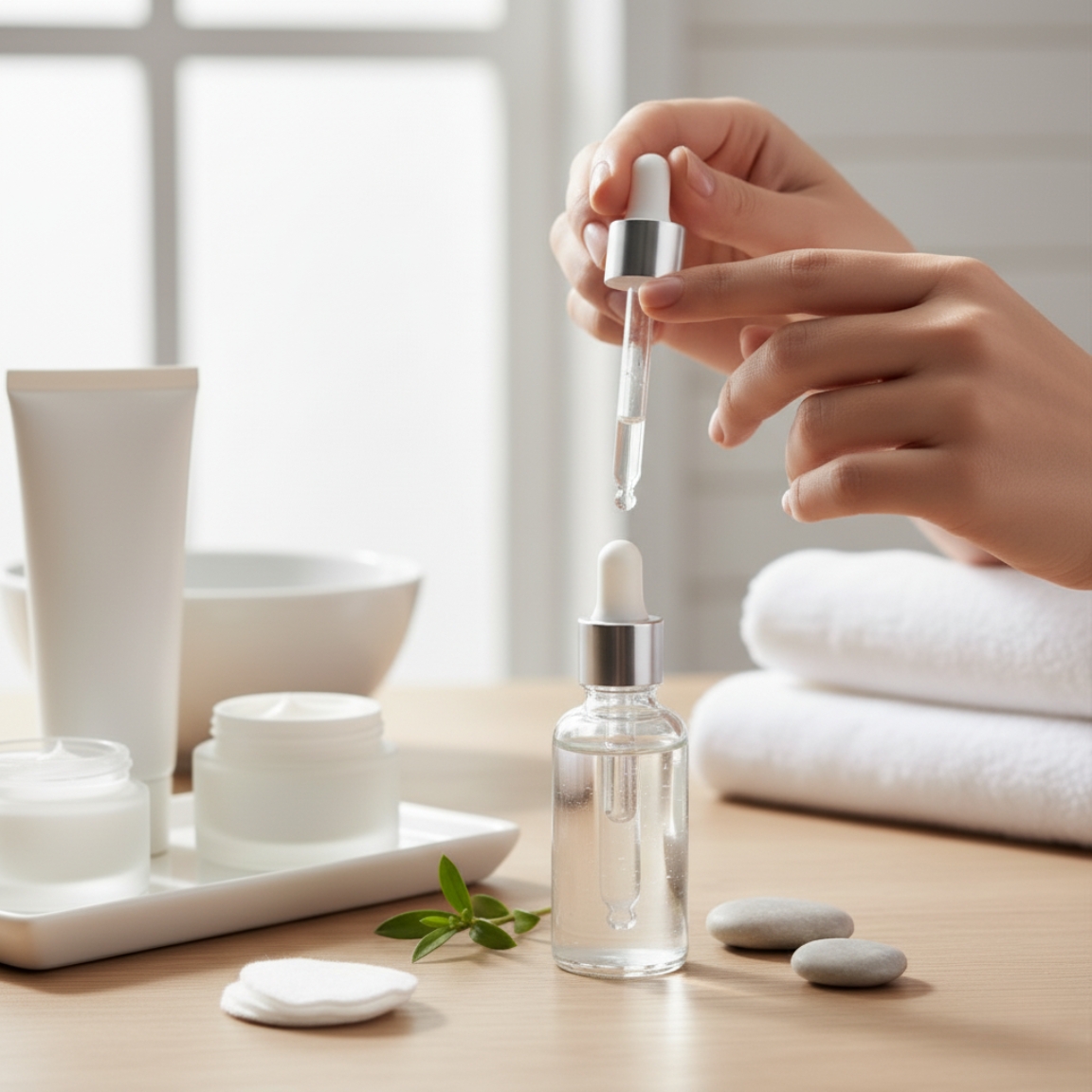
What Does an Ordinary Eye Serum Actually Do?
I’ll be honest—I used to think eye serums were just fancy eye creams in smaller bottles. Turns out, they’re not the same at all. An eye serum is lighter, sinks into the skin faster, and usually carries a stronger punch of active ingredients.
Think of it like this: eye cream is the cosy blanket, while serum is the espresso shot. One gives comfort, the other wakes things up and gets straight to work.
When I started using The Ordinary’s eye serum, the first thing I noticed was how quickly it absorbed. No sticky layer, no greasy feeling. Just a lightweight formula that made the skin under my eyes feel refreshed within seconds. That’s exactly what I want in the morning when I’m still half-asleep.
What I like most is that eye serums go deeper than creams. Instead of just sitting on top of the skin, they deliver ingredients where they’re actually needed. So if fine lines, puffiness, or stubborn dark circles are on your list of complaints, a serum is worth considering.
Eye Serum vs. Eye Cream – What’s the Real Difference?
Here’s the question I had before I tried one: Do I really need both?
The short answer is no, but using both can be useful depending on your skin. Eye serums and eye creams have different jobs:
- Texture: Serums are thin and water-like, creams are thicker and richer.
- Function: Serums target specific concerns like puffiness or fine lines. Creams lock in moisture and protect the skin barrier.
- Layering: I usually apply a serum first and then follow with a cream. Think of it as giving your skin a boost and then sealing the deal.
On nights when I’m too tired (read: most weeknights), I just slap on the serum and call it a day. But when my under-eyes are really begging for help, I’ll use both. It feels like giving my skin double insurance—except without the paperwork and boring premiums.
So, do you need both? Not always. But if you’re looking for visible results, a serum is the one that gets things done.
Ingredients That Make a Difference in The Ordinary Eye Serum
One of the things I like about The Ordinary is their ingredient-first approach. They don’t hide behind fancy marketing terms—you know exactly what you’re getting. Here are the standouts in their formula and why they matter.
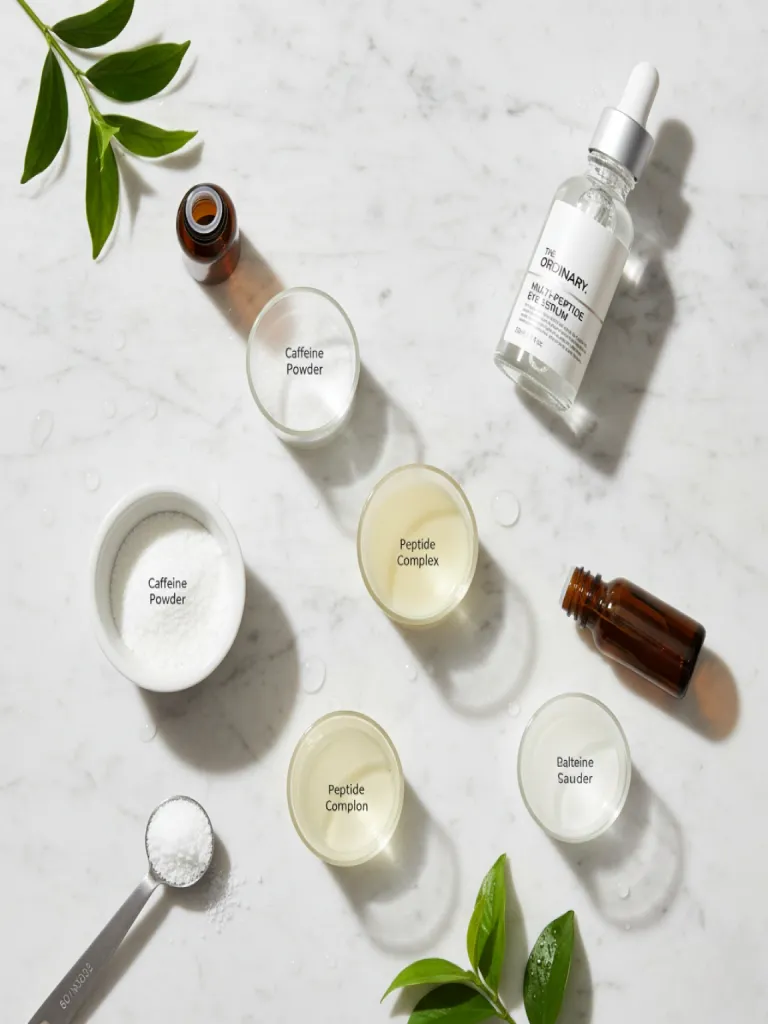
Caffeine – The De-Puffer
Not just for your morning coffee. In skincare, caffeine helps reduce swelling under the eyes, which is a lifesaver on mornings after too little sleep. I noticed that puffiness was definitely less pronounced after consistent use.
EGCG (Epigallocatechin Gallatyl Glucoside) – The Antioxidant Powerhouse
It’s a mouthful, but it’s basically an extract from green tea. Together with caffeine, it helps brighten the area and reduce dark circles. Think of it as caffeine’s backup partner.
Niacinamide – The Brightness Booster
One of my favourite multitaskers. It improves uneven tone, strengthens the skin barrier, and adds a healthy glow. My under-eyes looked less dull after a few weeks of use.
Peptides – The Firmness Helpers
Peptides are short chains of amino acids which help collagen. Translation: they help with elasticity and fine lines. I noticed a slightly firmer look around my eye area.
Hyaluronic Acid – The Hydration Magnet
This ingredient pulls water into the skin, keeping the area plump and moisturised. It also makes fine lines less visible because of that plumping effect.
Who Should Use Them (and Who Might Want to Skip Them)
From my experience, The Ordinary’s eye serum is best for:
- People with puffiness and mild dark circles.
- Anyone starting to see early fine lines and wanting something preventative.
- Those who prefer lightweight products that don’t feel heavy or greasy.
But it’s not for everyone. You might want to skip it if:
- You expect it to erase deep wrinkles overnight (no serum does that, unfortunately).
- Your under-eyes are extremely sensitive to active ingredients.
- You want instant results—this takes patience and consistency.
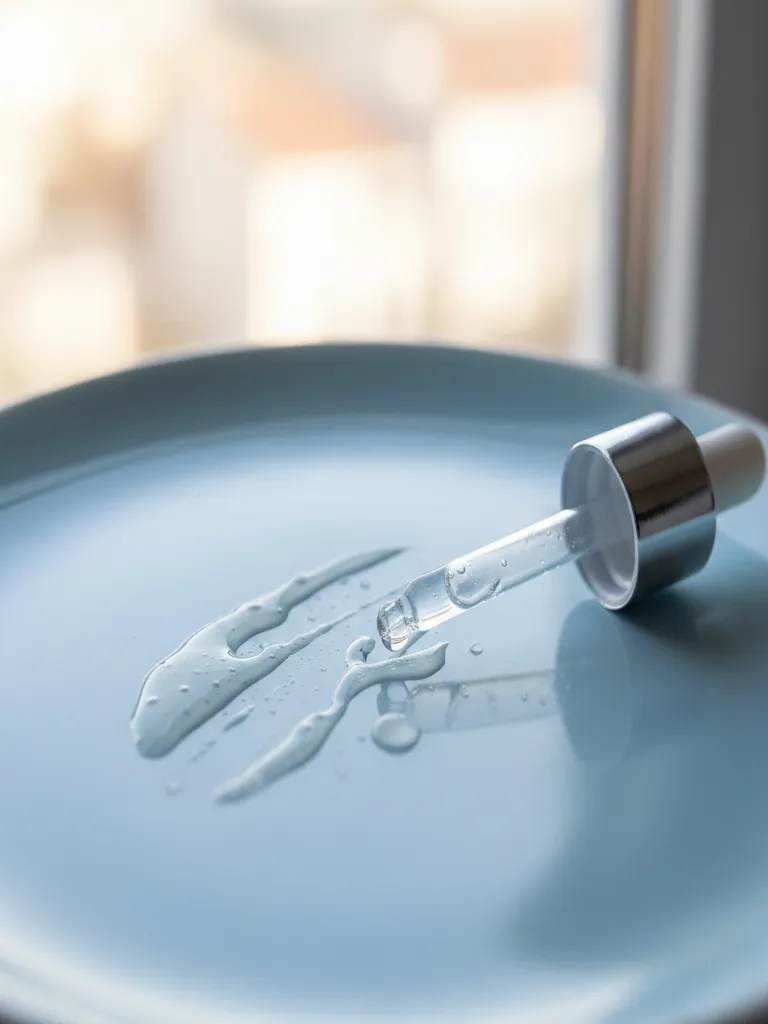
How I Apply The Ordinary Eye Serum
Consistency is everything with this kind of product. Here’s my routine:
Morning
Cleanse with a gentle face wash.
Apply a small drop of serum under each eye.
Pat in gently with my ring finger.
Follow with moisturiser and sunscreen.
Evening
Remove makeup and cleanse.
Apply serum again, focusing on fine-line areas.
Add an eye cream on top if my skin feels dry.
💡 Tip: Never rub or drag. The under-eye area is fragile, and tugging only makes wrinkles worse.
Benefits I Noticed (and a Few Drawbacks)
After using it consistently, here’s what stood out:
Benefits
– My skin felt more hydrated and smooth.
– Puffiness was less noticeable.
– The area looked slightly brighter and more awake.
– Worked well under makeup without causing creasing.
Drawbacks
– Results faded if I skipped a few days.
– Didn’t erase deep circles completely (but honestly, no topical product does).
– A bit too light for days when my skin felt extra dry.
FAQs – Real Questions People Ask
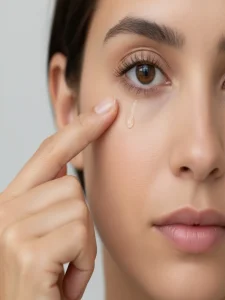
Q: Can I use it with retinol?
Yes, but I personally use retinol at night and this serum in the morning. Too many activities together can irritate.
Q: How long until results show?
For me, puffiness improved in about 2 weeks, and brightness took around 6 weeks.
Q: Do I need an eye cream too?
Not always. If you have dry skin, layering helps. If not, the serum can stand alone.
Q: How often should I apply The Ordinary Eye Serum?
I recommend once in the morning and once at night if your skin tolerates it. I personally stick to mornings for puffiness and early fine lines and layer with a cream at night if needed.
Q: Can teenagers use Ordinary Eye Serum?
Yes, especially if they deal with puffiness or tired eyes. It’s gentle enough for most skin types.
Q: Is Ordinary Eye Serum safe to use during pregnancy?
Yes, The Ordinary eye serum doesn’t contain retinol or prescription-strength actives. However, always check the ingredients list and consult with a doctor if you’re unsure.
Q: Can I skip the morning application if I use it at night?
You can, but the caffeine and EGCG work best in the morning to refresh and depuff tired eyes. I personally see better results using it daily.
Q: How long will a bottle last?
With consistent use (a pea-sized drop per eye twice a day), a 15ml bottle lasts around 2–3 months.

Final Thoughts
So, is The Ordinary Eye Serum worth it? For me—absolutely. It’s affordable, easy to use, and delivers noticeable (though not miraculous) results. If you’re looking for something simple to fight puffiness, mild circles, and early lines, it’s a great option.
That said, it’s not a magic wand. It won’t erase years of stress or completely transform your under-eye area. But if you’re realistic about what it can do, it’s one of the most reliable everyday products you can add to your routine.
If you want something stronger, you might prefer Musely’s version. If you want something creamier, L’Oréal’s option might be better. But for a straightforward, budget-friendly pick that works? The Ordinary is a solid choice.





